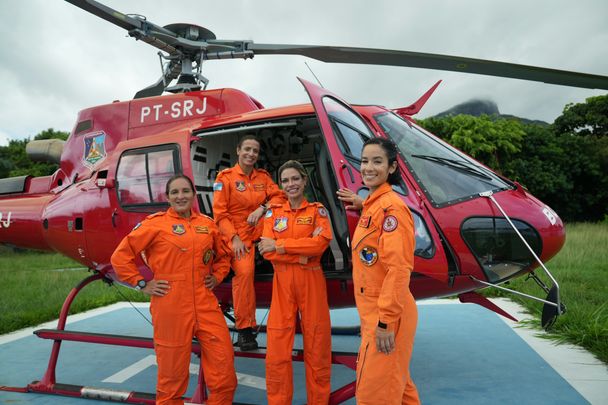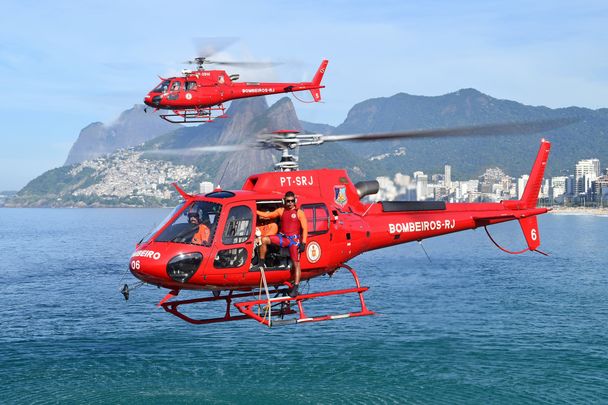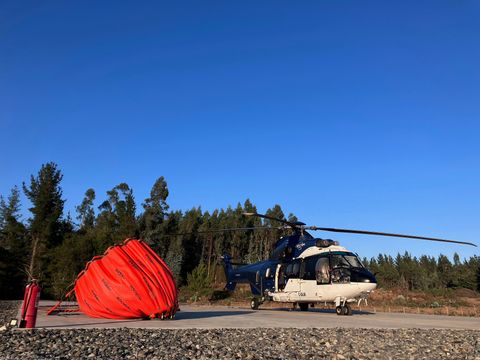How the fire department of the State of Rio de Janeiro keeps saving lives

Fighting fires and rescuing people at the same time: this is the mission of Rio de Janeiro’s fire department. Combining highly skilled aviation professionals with a specialised medical team, the all-women crew intervenes to save lives across the State of Rio with their H125s. Lieutenant Colonel Raquel Lopes, helicopter pilot with the state’s fire department and first female commander of its Air Operations Group, and Major Juliana Rangel, aero-medical rescue specialist in the fire department, tell us more about their essential operations and how the squad came together.
The crew behind Rio de Janeiro’s fire department
Can you describe a typical day at work?
Raquel Lopes: In the fire department’s aviation unit, we undertake sea rescue missions, mountain rescues at high altitudes, airborne medical rescues, evacuations, medical operations in restricted areas, inter-hospital transportation or vital organ transport, among other duties.
Juliana Rangel: We form a crew consisting of a doctor, nurse, technician and pilot. This allows us to perform rescues for medical evacuation and inter-hospital transport. Our inland area is still very underserved, so there is a high demand for interhospital transport to provide adequate healthcare for both clinical and trauma patients. My role in the crew is to act as a doctor in the air.
What's special about your crew and the missions you perform?
J.R.: We underwent operational crew training, since being trained as a doctor for firefighting missions is not enough. We needed to go through specialisation and operational training to be qualified to perform the operational crew functions. As we are a small crew, we have to perform both the doctor’s and the crew’s functions, so we’re trained to assist the pilot in landing in non-certified locations and in hard-to-reach places. Each member of the crew brings something special. We always have to work with a lot of technical attention and coordination. It’s a constant job to pay attention to everything happening around you. The main mission is for us to save lives and return home intact.

How do helicopters contribute to the success of your rescue and medical service operation?
R.L.: For sea rescues, helicopters are more agile. The Ecureuil helicopter is a very versatile, agile aircraft, allowing us to land in restricted and narrow places. Besides being a very fast aircraft, I feel quite comfortable flying it. I really like it. For firefighting missions, the H125 has the highest power margin. It enables us to carry more personnel, a larger payload, or transport a greater amount of water. It allows for an electric winch and the transport of heavier loads. It is a crucial asset in our operations.
J.R.: For medical rescue operations, the H125 enables us to reach difficult-to-access docks. We can land on the beach or on highways. The H125 provides us with an opportunity to operate in a variety of scenarios. It also meets our operational requirements for patient handling and aeronautical evacuations, because we need to land in locations that larger aircraft wouldn’t be able to reach.




